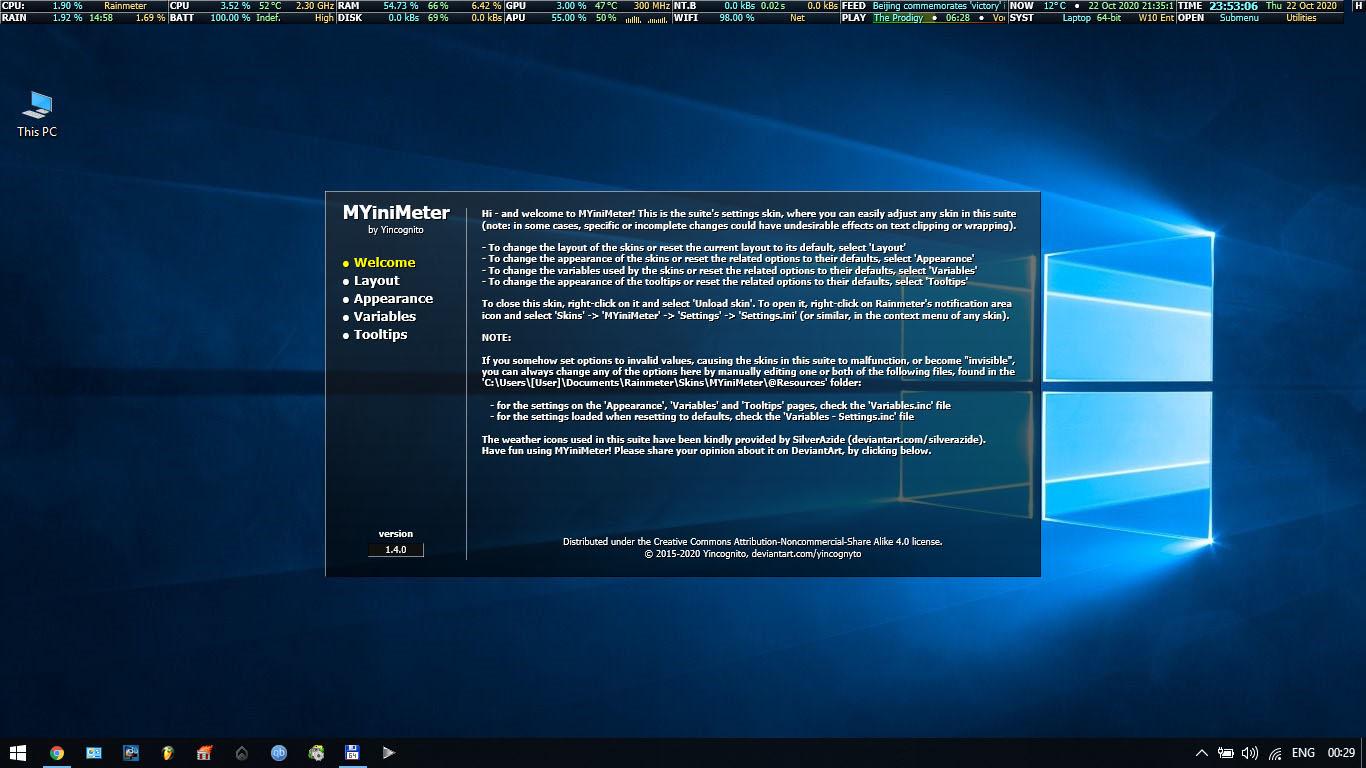Unlock the secrets to captivating your audience with a tantalizing tease that leaves them desperate for more. Picture this: you pour hours of your precious time and effort into crafting remarkable content, only to be met with fleeting attention spans and lackluster engagement. Fear not, for we have the keys to reclaim the attention of your WordPress readers, and it all starts with the power of content locking. In this article, we unveil not just one, but two ingenious methods to add content locking to your WordPress website, empowering you to entice, engage, and most importantly, maintain your audience’s undivided focus. Brace yourself as we reveal the gateways to irresistible content, but be warned – once you lock eyes on these methods, there’s no turning back. Get ready to unlock the full potential of your WordPress platform and leave your audience thirsty for more.
Methods for Adding Content Locking in WordPress
Content Locking is a powerful strategy to increase user engagement and maximize the value of your WordPress website. By implementing content locking, you can offer exclusive access to certain parts of your content, incentivizing visitors to take specific actions, such as subscribing to your newsletter or sharing your content on social media. In this post, we will explore two effective , allowing you to create a more interactive and rewarding user experience.
Method 1: Plugin – The easiest way to implement content locking in WordPress is by using a plugin. One popular option is the “Content Locker” plugin, which offers a wide range of customization options. After installing and activating the plugin, you can simply wrap the desired content in the designated shortcode, specifying the action required to unlock it. With the plugin settings, you can easily change the appearance and behavior of the content locker, such as adding a custom message or defining the lock duration.
Method 2: Manual Coding – For those who prefer a more hands-on approach, you can also add content locking manually by editing your WordPress theme files. Start by identifying the specific content you want to lock and enclose it within the appropriate HTML tags. Next, create a conditional statement using PHP to determine the conditions for unlocking the content. For example, you can require visitors to enter their email address in a form before revealing the hidden content. Remember to add the necessary styling and formatting to ensure a seamless integration with your website’s design.
Adding content locking in WordPress is a fantastic way to engage your audience and drive desired actions. Whether you choose to use a plugin or manual coding, these methods offer the flexibility and control needed to implement effective content locking strategies. Experiment with different lock types, such as social sharing or email subscriptions, to determine the best approach for your website and maximize user engagement.
The Benefits of Using Content Locking on your WordPress Site
Content locking is a powerful tool that can help you monetize your WordPress site and increase engagement with your audience. By providing valuable content that is locked behind a gate, you can incentivize visitors to perform certain actions, such as signing up for a newsletter or completing a survey, in order to gain access.
One of the key benefits of using content locking on your WordPress site is that it allows you to capture valuable user data. For example, by locking a piece of premium content and requiring users to provide their email address to unlock it, you can build a targeted email list for future marketing campaigns. This can greatly increase conversion rates and improve the overall effectiveness of your promotional efforts.
Another benefit of content locking is the ability to generate revenue through advertising and affiliate partnerships. By gating valuable content, you can negotiate sponsored offers and display ads within the locked section, ensuring that you are able to monetize your site while still providing value to your visitors. This can be especially beneficial for niche blogs or websites with a dedicated following, as advertisers will be more likely to target your audience with relevant offers.
In conclusion, content locking is a versatile and effective strategy that can be used to enhance your WordPress site in a number of ways. From capturing user data to generating revenue, it offers a range of benefits that can help you grow your online presence and engage with your audience on a deeper level. So why wait? Start adding content locking to your WordPress site today and unlock the full potential of your website.
Method 1: Using a Content Locking Plugin in WordPress
Content locking is a powerful way to incentivize your website visitors to take specific actions before accessing your valuable content. One method to implement content locking in WordPress is by using a content locking plugin. These plugins provide an easy and effective way to restrict access to your content until certain conditions are met. Here’s how you can use a content locking plugin to enhance user engagement on your WordPress site.
1. Choose a content locking plugin: There are several content locking plugins available for WordPress, each with its own unique features and functionalities. Some popular options include OptinMonster, Bloom, and Thrive Leads. Research and select a plugin that aligns with your specific content locking needs.
2. Install and activate the plugin: Once you’ve chosen a content locking plugin, you can install it on your WordPress site just like any other plugin. Simply navigate to the “Plugins” section in your WordPress dashboard, click on “Add New,” and then search for your chosen plugin. Once you find it, click on “Install Now” and then “Activate” to enable the plugin’s functionality.
3. Configure the plugin settings: After activation, you’ll need to configure the plugin settings to set up your content locking rules. These settings may vary depending on the plugin you’ve chosen, but typically, they allow you to choose the type of content you want to lock, define the conditions for unlocking the content, and customize the design and appearance of the content locking elements. Take your time to carefully set up the plugin based on your requirements and preferences.
4. Add content locking to your posts or pages: Once the plugin is configured, you can start adding content locking to your posts or pages. Most content locking plugins seamlessly integrate with the WordPress editor, allowing you to apply locking rules to individual blocks or entire sections of your content. You can choose from various locking methods, such as requiring visitors to share on social media, subscribe to your newsletter, or complete a survey, before accessing the content. Experiment with different locking strategies to find what works best for your audience.
Remember, while content locking can be a valuable tool to boost engagement and capture leads, it’s essential to find the right balance between providing value to your visitors and asking for actions in return. Use content locking sparingly and strategically, ensuring that the locked content is worth the effort your visitors need to make to unlock it. With the right content locking plugin and a well-thought-out strategy, you can effectively grow your audience and drive conversions on your WordPress site.
Details and Recommendations for Using Content Locking Plugins in WordPress
Content locking is a powerful tool that can help website owners generate leads, increase engagement, and improve conversion rates. There are two primary methods to add content locking in WordPress – using a plugin or manually coding it yourself.
One popular option is to use a content locking plugin. These plugins provide a user-friendly interface that allows you to easily set up and manage content locking on your website. With just a few clicks, you can choose which content to lock, what actions are required to unlock it, and even customize the appearance of the locked content.
Another method to add content locking is by manually coding it yourself. This option requires some coding knowledge but gives you greater control over the functionality and appearance of the content lock. By using WordPress hooks and filters, you can customize the locking behavior and integrate it seamlessly into your website’s design. This method may be suitable for advanced users or those with unique locking requirements.
Regardless of the method you choose, it’s important to carefully consider the content you lock and the actions required to unlock it. To maintain a positive user experience, make sure that the locked content is valuable and relevant to your visitors. Additionally, provide clear instructions on how to unlock the content and consider offering alternative ways to access the locked information. By using content locking wisely, you can effectively engage your audience while achieving your website’s goals.
Method 2: Implementing Content Locking Manually in WordPress
To implement content locking manually in WordPress, you can follow Method 2. This method requires a bit more technical know-how, but it gives you more control over the process. Here’s how you can do it:
1. Set up a membership plugin: There are various membership plugins available for WordPress, such as MemberPress or Paid Memberships Pro. Install and activate the plugin of your choice.
2. Configure membership levels: Once the plugin is activated, you can create different membership levels and set specific access permissions for each level. For example, you can create a free membership level that grants access to locked content, and a premium membership level that offers additional exclusive content.
3. Protect your content: After configuring membership levels, you can choose which posts or pages to lock. Within the WordPress editor, you’ll find options to protect your content. Make sure to select the appropriate membership level to restrict access.
4. Customize lock messages: When visitors try to access locked content, they’ll see a lock message. With a membership plugin, you can customize these messages to encourage users to sign up or upgrade their membership for access.
5. Test your content locking: Before making your locked content live, it’s important to thoroughly test the membership levels and access permissions. Create a test user account to simulate various membership scenarios and ensure everything works as intended.
By implementing content locking manually in WordPress, you have greater flexibility in deciding which content to lock and what access permissions to grant to different membership levels. This method allows you to create a curated and engaging user experience, enticing visitors to become loyal members. So give it a try and start exploring the possibilities of content locking on your WordPress website! And there you have it, two creative methods to effortlessly add content locking to your WordPress website. By implementing either the plugin approach or the manual method, you now possess the power to engage your visitors, build your subscriber list, and even monetize your valuable content.
Remember, content locking is a delicate balance between enticing your audience and respecting their experience. Keep in mind the golden rule of providing high-quality content that genuinely benefits your users.
Experiment with different content locking strategies, test what works best for your website, and continuously adapt to the ever-changing demands of your audience. With a sprinkle of creativity and a dash of innovation, you’ll be amazed at the positive impact content locking can have on your WordPress site.
So, what are you waiting for? Take the first step towards maximizing engagement and taking your WordPress website to new heights by implementing content locking today! Watch as your audience eagerly awaits access to your exclusive content, unlocking possibilities you never thought possible.
If you are a WordPress user, you know how important it is to keep your content secure. Content locking has become an essential security measure, and it’s important to know how to add it to your WordPress site. This article will explain two different methods you can use to add content locking to your WordPress site.
The first method for adding content locking to WordPress is to use a plugin. There are several plugins available, such as WP Content Locker, which allow you to protect your content by requiring users to complete a specific action before they can access it. For example, you can require users to fill out a form, subscribe to your newsletter, or share your content on social media before they can view your content. This method is fast and easy, and it allows you to quickly secure your content.
The second method is to use a “shortcode”, which is a special code that you insert into your post or page. This method is slightly more complicated, but it can be more secure because you can customize exactly what type of content locking you want to use. For example, you can require users to complete a survey, fill out a form, or share your content.
No matter which method you choose, content locking is essential for keeping your WordPress site safe. It is important to understand how these methods work before implementing them on your site, so make sure to do your research before making any changes. With the right plugins and code, you can quickly and easily add content locking to your WordPress site and keep your content safe.





Great article! #WordPress
Very informative! #ContentLocking